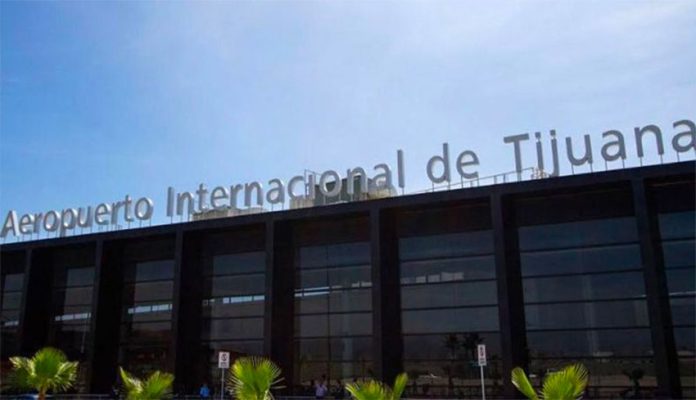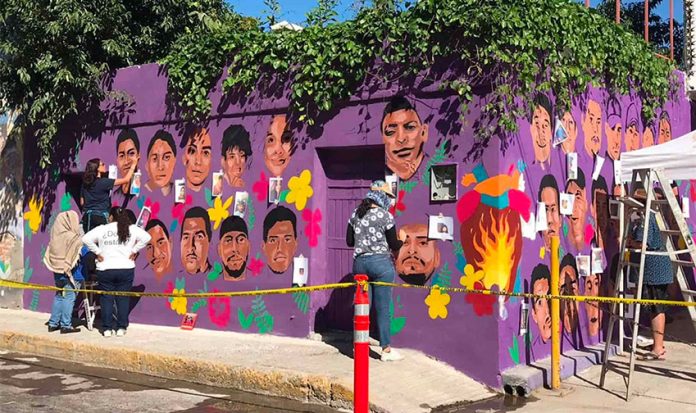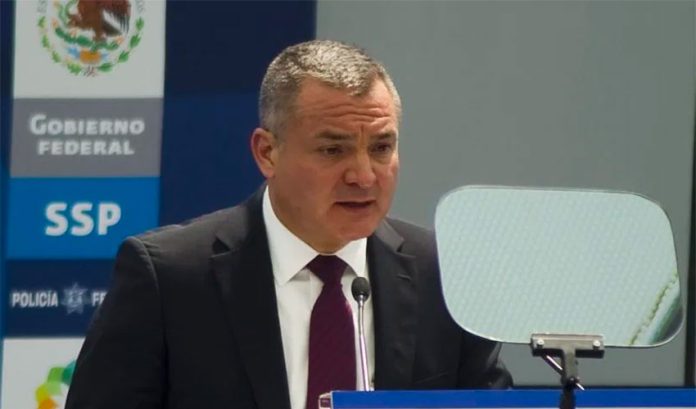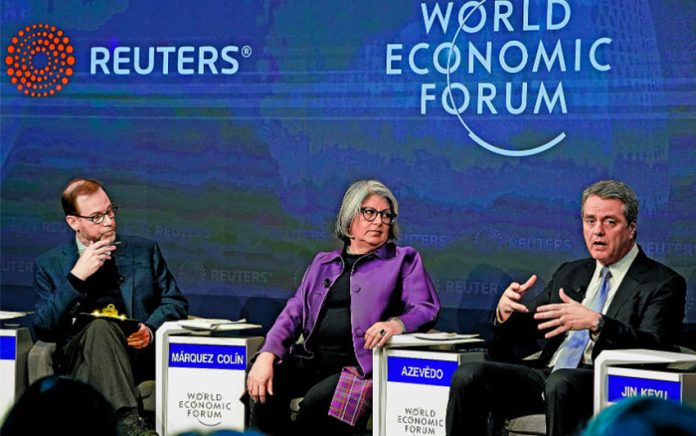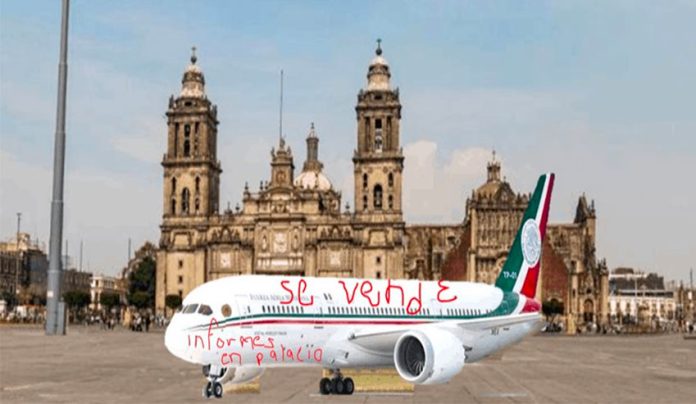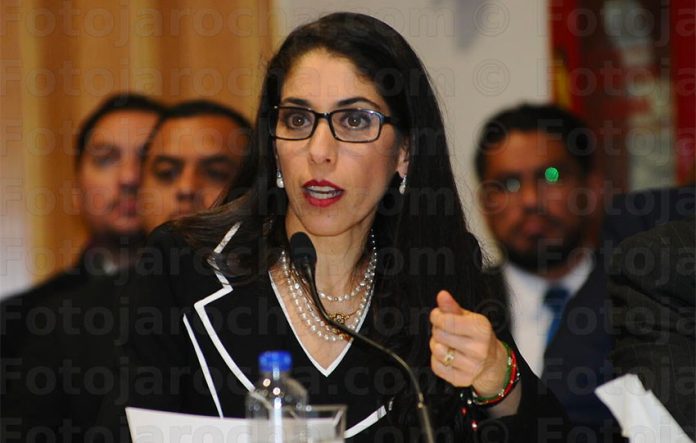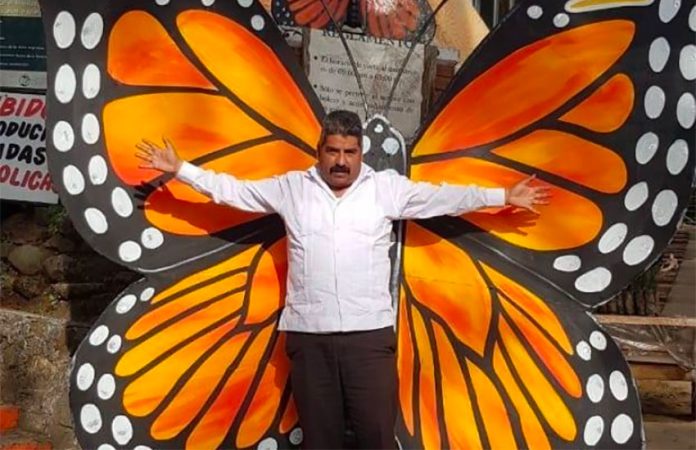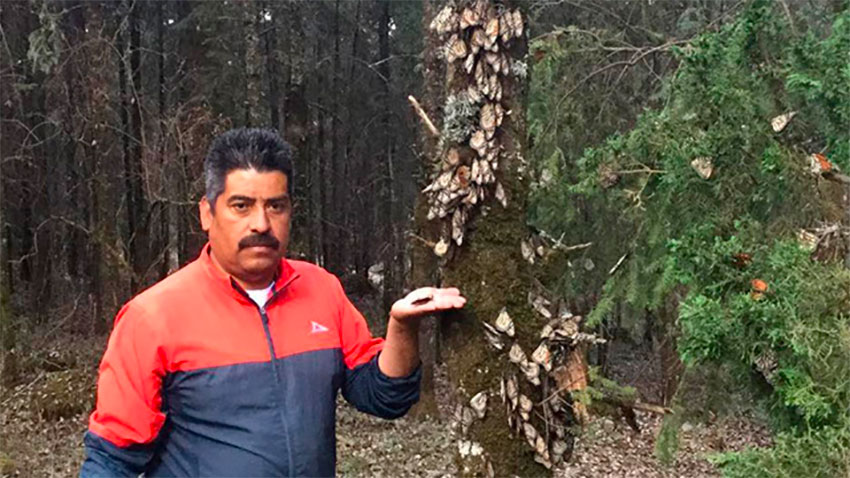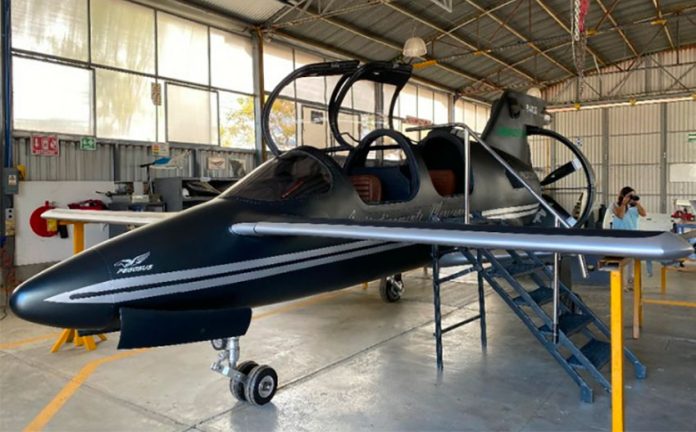My local gym put out a funny promo this past week on Facebook: it showed the presidential plane sitting on the roof and said, “For your convenience, we have special presidential plane parking for when you win it in the raffle — no excuses!”
So far I’ve thoroughly enjoyed the jokes about the presidential plane being auctioned off; if there’s one thing Mexicans are good at, it’s coming up with funny stories to make fun of absurd proposals.
I’d argue that the real absurdity, however, was buying literally the most expensive plane in the world to begin with.
While the idea of raffling it off has met with predictable ridicule, it’s important to remember that it’s not the only option being floated out there. Before we get to the others, let’s take a look at the plane’s origins:
Though purchased in 2012, former president Peña Nieto was actually not the one to get the ball rolling: it was ordered during the administration of Felipe Calderón. The previous presidential plane had been built in the 1980s and it was argued that an update for reasons of safety and security was badly needed.
That’s not to say, of course, that Peña Nieto was against any part of it at any point; indeed, he had no qualms about charging close to 1.3 million pesos on what amounted to toiletries for just two flights — with public money, of course.
Really, how long did government officials believe they’d be able to get away with this kind of thing?
Indefinitely, apparently. Or perhaps they thought (correctly) that the governing Institutional Revolutionary Party was on the way out anyway, so they might as well milk the public coffers for all they were worth.
President López Obrador has repeated these words often: there cannot be a rich government with a poor population. For better or for worse, the presidential plane has been held up as a prime example of the ostentatious and unapologetic wealth of the country’s rulers at a time when half of all Mexicans live in poverty.
These types of comments are timely as, quite honestly, there has been a lot of push-back culturally against obscene displays of wealth. While the uncommonly wealthy government functionaries might have been able to convince themselves that most people were happy for them and thought they had earned and therefore deserved their wealth, that is increasingly hard to do with this planet’s obviously widening inequality.
Which brings us back to Mexico, and being stuck with this ridiculously extravagant plane.
Unabashed liberals like myself have often made the same kinds of quips as the president: “Really, how many families could the money for that new race car track have fed and sheltered?”; “What would the poorest school districts in the city have been able to do with that kind of cash?”; “If only that could have been put toward college or medical debt . . .”
Now that someone who thinks like us — at least in that regard — is actually in a position of power to do something about it, we’re all a bit stunned, staring at the spectacle of a new leader trying to backtrack the old ones’ irresponsible choices with our mouths hanging open.
AMLO has said that various needed services, like adequate water systems in poor communities, for example, could be paid for with the proceeds. As there have been several promises regarding what to do with the money, it’s hard to say where it would ultimately go.
Another, which has been proposed to the United States, is to trade the plane for medical equipment. If this is truly something that’s on the table, perhaps it could offset some of the unexpected costs of our new health system meant to replace the Seguro Popular. Maybe we could even make it free as promised! (You can bet you’ll read more on that in a later column.)
Finally, public works — especially those carried out by workers in the communities themselves — could be funded so that needed improvements could be made by those who understand fully what’s needed and stimulate the local economies, like this one in Oaxaca.
Or, maybe we could just give every Mexican a dollar and some change.
According to the newspaper El Universal, a decision on how to unload the plane will be made by February 15.
Until then, I suppose all we can do is sit back and enjoy the memes.
Sarah DeVries writes from her home in Xalapa, Veracruz.
